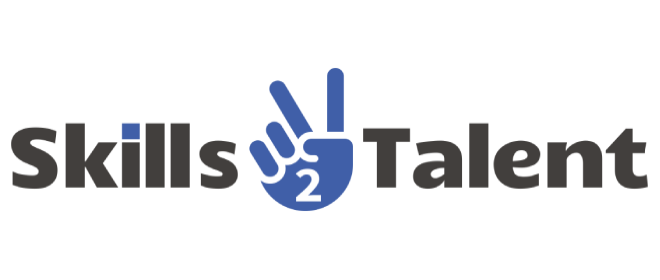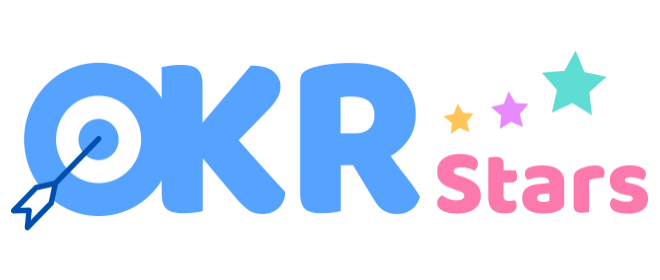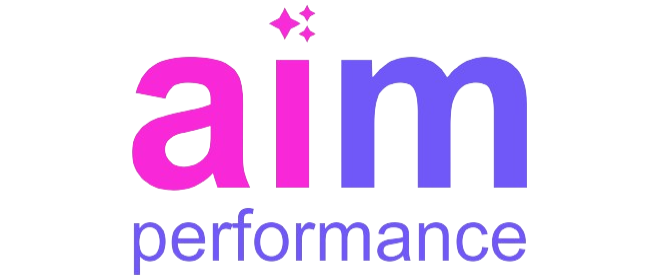In today’s fast-paced business environment, effective management of office operations is crucial. By setting clear Objectives and Key Results (OKRs), organizations can streamline processes, boost productivity, and drive significant improvements. This comprehensive guide will help you master office operations OKRs, providing top examples to elevate your business.
Understanding OKRs: The Foundation of Operational Success
The first step in mastering office operations OKRs is understanding what OKRs are and why they matter. OKRs stand for Objectives and Key Results. This goal-setting framework helps organizations set clear, measurable goals and track their progress over time.
Objectives are the overarching goals that an organization wants to achieve. They should be ambitious, time-bound, and inspiring. Key Results are the specific, measurable outcomes that indicate progress toward the objective. They should be clear, quantifiable, and achievable. Together, OKRs provide a structured approach to goal setting and performance measurement.
Implementing OKRs in office operations ensures that everyone in the organization is aligned with the company’s goals. It fosters transparency, accountability, and continuous improvement, driving operational excellence and business growth.
Setting SMART Objectives for Office Operations
To effectively manage office operations using OKRs, it’s essential to set SMART objectives. SMART stands for Specific, Measurable, Achievable, Relevant, and Time-bound. By adhering to these criteria, you can create clear and actionable objectives that drive meaningful results.
Specific
Your objectives should be clear and unambiguous. Instead of setting a vague goal like “improve office efficiency,” aim for something specific, such as “reduce office supply costs by 15% in the next quarter.”
Measurable
Ensure your objectives can be quantified. This allows you to track progress and determine when the goal has been achieved. For example, “increase the number of processed invoices by 20% within six months.”
Achievable
While it’s important to set ambitious goals, they should still be attainable. Consider the resources, time, and skills available when setting your objectives.
Relevant
Objectives should align with the broader goals of the organization. They should contribute to the overall success and strategic direction of the company.
Time-bound
Set a clear timeline for achieving your objectives. This creates a sense of urgency and helps prioritize tasks.
Example OKRs for Office Operations
Streamlining Administrative Processes
Objective: Improve administrative efficiency and reduce processing times.
- Key Result 1: Decrease the average processing time for administrative tasks by 25% within the next quarter.
- Key Result 2: Implement a new document management system by the end of Q2.
- Key Result 3: Train all administrative staff on the new system within two months of implementation.
By focusing on improving administrative efficiency, you can reduce bottlenecks and enhance overall productivity.
Enhancing Employee Satisfaction
Objective: Boost employee satisfaction and engagement.
- Key Result 1: Increase employee satisfaction scores by 15% in the next annual survey.
- Key Result 2: Implement a flexible work policy by the end of Q1.
- Key Result 3: Launch an employee wellness program and achieve 75% participation within six months.
Happy and engaged employees are more productive and committed, directly impacting office operations efficiency and effectiveness.
Reducing Operational Costs
Objective: Minimize operational expenses without compromising quality.
- Key Result 1: Reduce office supply costs by 10% in the next quarter.
- Key Result 2: Decrease utility expenses by 8% over the next six months.
- Key Result 3: Negotiate better rates with service providers and achieve a 5% cost reduction within three months.
Cost reduction is a critical aspect of operational management. By setting clear financial objectives, you can improve your bottom line.
Implementing Technology Solutions
Leveraging Automation Tools
Objective: Integrate automation tools to enhance operational efficiency.
- Key Result 1: Automate 50% of repetitive administrative tasks within the next six months.
- Key Result 2: Implement an AI-based customer support system and achieve 90% customer satisfaction within four months.
- Key Result 3: Reduce manual data entry errors by 30% in the next quarter.
Automation can significantly improve efficiency and accuracy in office operations, allowing staff to focus on more strategic tasks.
Adopting Cloud-Based Solutions
Objective: Transition to cloud-based systems for better accessibility and collaboration.
- Key Result 1: Migrate 80% of office applications to the cloud within the next year.
- Key Result 2: Achieve 95% team adoption of cloud-based collaboration tools within six months.
- Key Result 3: Reduce on-premises IT infrastructure costs by 20% over the next year.
Cloud-based solutions provide flexibility, scalability, and improved collaboration, essential for modern office operations.
Monitoring and Reviewing OKRs
Setting OKRs is only the first step; regular monitoring and review are crucial for success. Schedule periodic reviews to assess progress, identify challenges, and make necessary adjustments.
Weekly Check-Ins
Conduct weekly check-ins to track progress on key results. This keeps the team focused and allows for early identification of issues that may hinder progress.
Quarterly Reviews
Hold comprehensive quarterly reviews to evaluate the achievement of objectives and key results. Discuss what worked well, what didn’t, and how to improve in the next cycle.
Regular monitoring ensures that your office operations OKRs remain relevant and achievable, driving continuous improvement.
Fostering a Culture of Accountability
For OKRs to be effective, fostering a culture of accountability is essential. Ensure that all team members understand their roles and responsibilities in achieving the objectives.
Clear Communication
Communicate OKRs clearly and regularly to all team members. Use meetings, emails, and internal platforms to keep everyone informed and aligned.
Individual Accountability
Assign ownership of key results to specific team members. This creates a sense of responsibility and encourages proactive efforts toward achieving the goals.
Accountability drives performance and ensures that everyone contributes to the success of office operations OKRs.
Encouraging Collaboration and Teamwork
Collaboration and teamwork are vital for achieving OKRs. Encourage cross-functional collaboration and create opportunities for team members to work together on shared objectives.
Cross-Functional Teams
Form cross-functional teams to tackle complex objectives that require diverse skills and perspectives. This promotes innovation and ensures comprehensive solutions.
Regular Team Meetings
Hold regular team meetings to discuss progress, share insights, and brainstorm solutions to challenges. Foster an environment where team members feel comfortable sharing ideas and feedback.
Collaboration enhances problem-solving and accelerates progress toward achieving office operations OKRs.
Celebrating Success and Learning from Failures
Celebrating successes and learning from failures are crucial for maintaining motivation and continuous improvement.
Recognizing Achievements
Acknowledge and celebrate the achievement of key results and objectives. Recognize individual and team contributions through rewards, public recognition, and team celebrations.
Analyzing Failures
Analyze instances where OKRs were not achieved. Identify the reasons for failure and discuss how to improve in future cycles. Use failures as learning opportunities to refine your approach.
Celebrating successes and learning from failures fosters a positive and resilient organizational culture.
Conclusion: Elevating Your Business with Effective OKRs
Mastering office operations OKRs is a powerful strategy to elevate your business. By setting SMART objectives, leveraging technology, fostering accountability, and encouraging collaboration, you can drive significant improvements in operational efficiency and effectiveness. Regular monitoring, celebrating successes, and learning from failures ensure continuous growth and achievement.
Implement these strategies and examples in your organization to enhance office operations and achieve your business goals. Remember, the journey to operational excellence is ongoing, and mastering OKRs is a crucial step in that direction.










